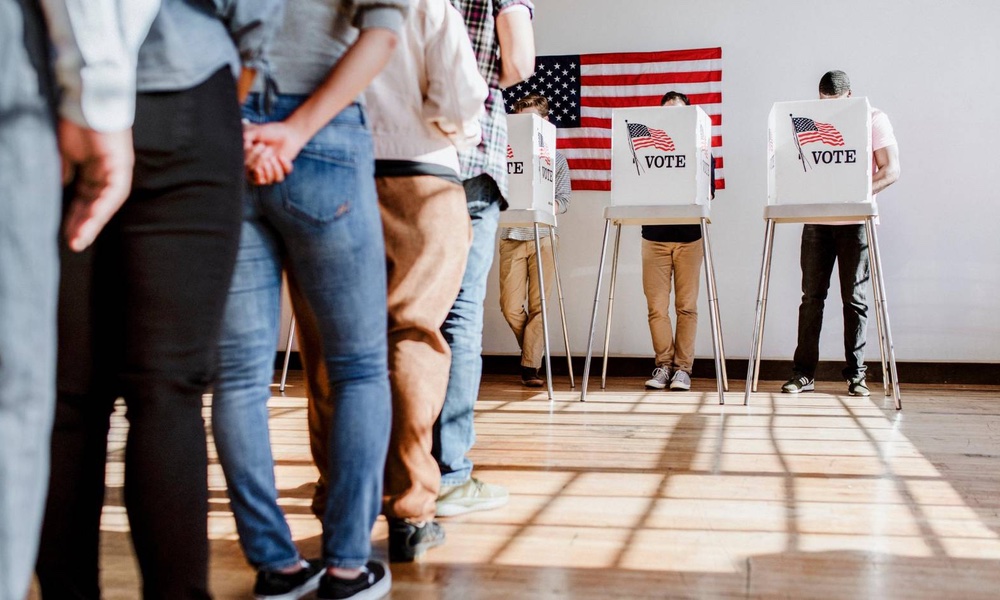Showing children cartoons or videos prior to surgery can substantially lower their stress and anxiety. Aside from making things easier on everyone--children, parents and hospital personnel--keeping children calmer is thought to improve surgical outcomes and lead to fewer behavioral problems after surgery.
Two separate studies suggest that these approaches are simple and inexpensive enough to become a standard part of child surgery.
Overall, anxiety in the operating room was rated low or absent for 43% of the children who watched cartoons.
The cartoon study looked at 130 South Korean children aged 3-7 who were scheduled for routine surgery, generally a tonsillectomy. After being moved to a pre-operative holding area, one-third of the children chose an animation to watch prior to surgery (a Power Rangers cartoon was the most popular choice), one-third were allowed to spend time playing with a favorite toy and the other third received no special treatment.
Overall, anxiety in the operating room was rated low or absent for 43% of the children who watched cartoons, 23% of the children who played with a favorite toy and only 7% of the children in the control group. The researchers see letting children watch cartoons before surgery as an inexpensive, easy to administer and comprehensive method for lowering anxiety--a win-win proposition.
A second study looked at the effect of showing young patients videos while in the operating room during the start of their anesthesia, which is generally the most frightening time for children undergoing surgery.
A parent-approved video clip of the child's preference was played at the induction (beginning) of anesthesia.
Anesthesiologists usually try joking with their young patients or other conversational gambits to distract children from their anxieties and help them relax prior to receiving anesthesia. But honestly, what anesthesiologist can even hope to compete with SpongeBob as a distraction?
The other 47 children were left to the mercy of the anesthesiologist to soothe and distract as best as he or she could.
Children in the video distraction group exhibited significantly less anxiety than children in the control group did.
Both the cartoon and video approaches appear to offer hospitals simple and inexpensive ways to reduce child anxiety over surgery.
The studies appear in the journal, Anesthesia and Analgesia.




